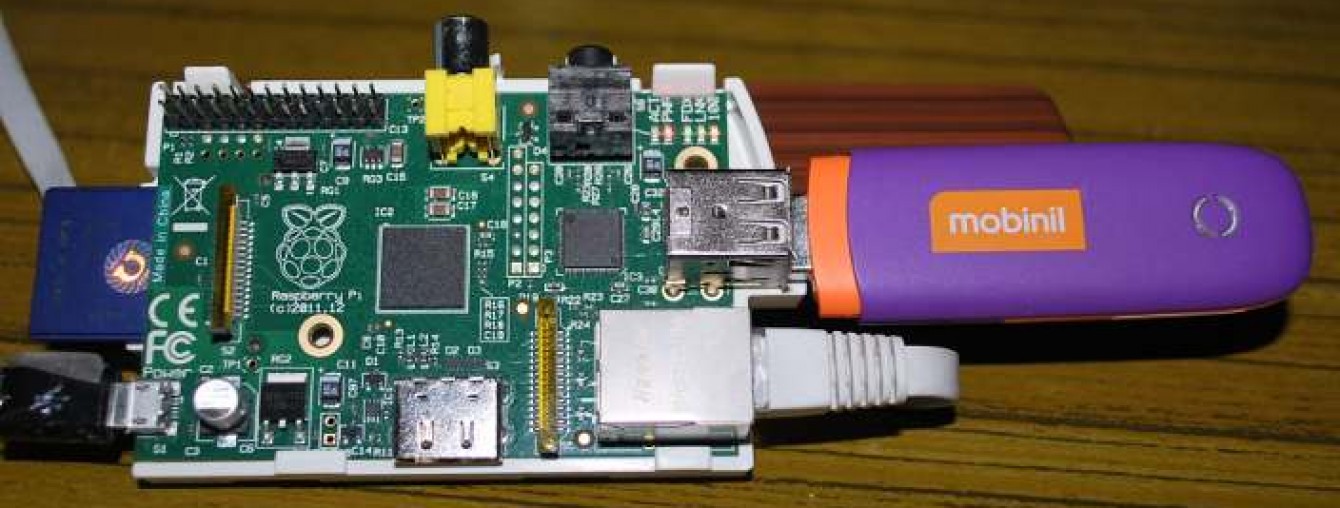Send Email using Python…
Send Mail Through Gmail with Python by MARK SANBORN on June 30, 2009 Python is a great scripting language for Linux and it is often used to automate tasks or check on overall system health. Discover how to send emails through Gmail with Python. Good system admins get to know scripting languages well and sometimes use them for all kinds of purposes, from scripts that do backups to complex automated tasks. Often times it would be nice to get an email notification
